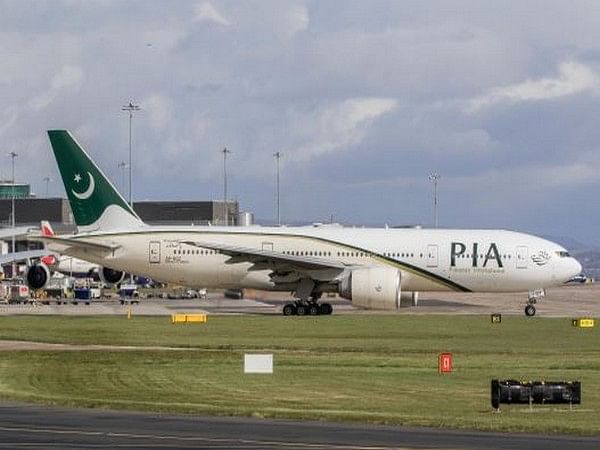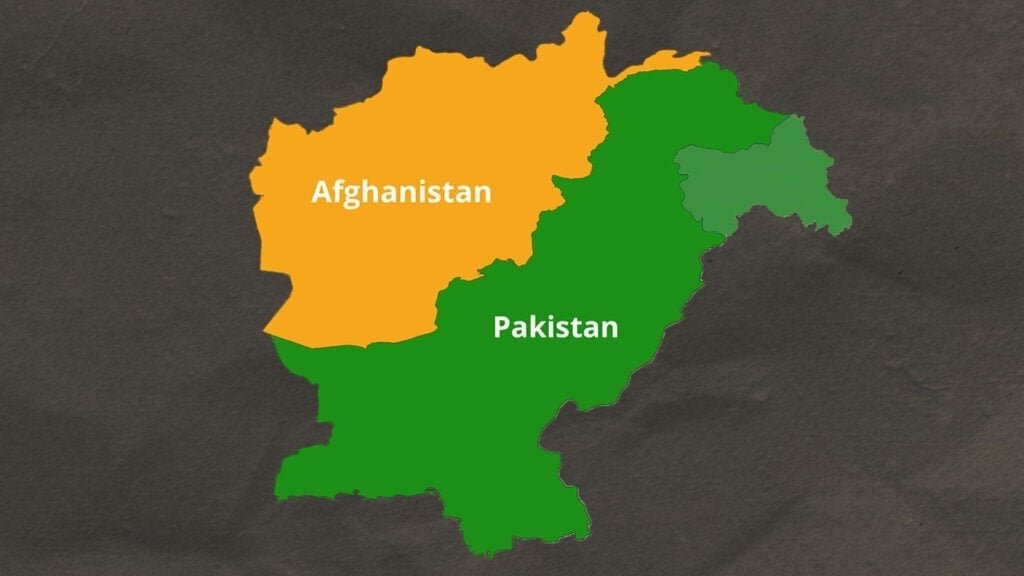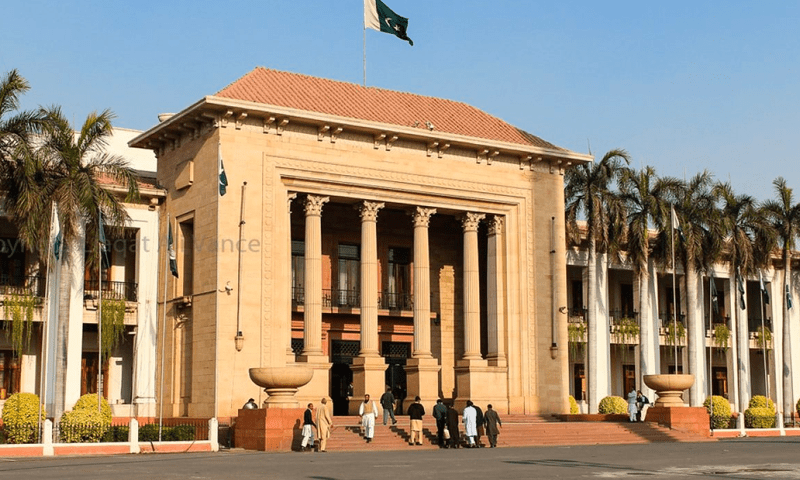By Dr. Muhammad Kaleem
Prof. Charles H. Kennedy describes these characteristics of Pakistani bureaucracy; At the risk of oversimplification, Pakistan’s civilian bureaucracy can be defined in terms of four fundamental characteristics, namely the secretariat system of bureaucratic authority, systemic preference for generalists, cadre system of organization, and rigid and formal patterns of rank hierarchy. Each is discussed in turn for the understanding of the readers.
The Secretariat System of Bureaucratic Authority;
In Pakistan, federal and provincial governments function through the secretariat system, which the bureaucrats control. The whole system takes support from the Constitution of Pakistan of 1973. According to the constitution, there is a cabinet of ministers under the prime minister. In provinces, the chief minister has a cabinet under which there are ministries under the ministers, and there are federal/provincial secretaries who are professional bureaucrats. They are also in charge of divisions. In divisions, there are different allied departments and autonomous departments. The same organizations of divisions/departments also work in provinces. The secretariat directly manages these departments, and the heads of these attached departments are answerable to the respective secretary of the division, ministry or department.
The combined strength of attached departments and autonomous organizations dwarf the respective sizes of their federal secretariats. The best available evidence indicates that a total of 13,784 public servants worked in the parent organizations of the federal secretariat in 1983, while 137,191 worked in attached departments and subordinate offices, and perhaps as many as 400,000 worked in autonomous or semi-autonomous organizations.
It is also important to note that the number of officers in grades 17 and above is more in proportion than the attached and autonomous departments. The secretariat formulates all the relevant rules relating to the allied departments and other programmes, and all the matters about service matters of the employees are dealt with in the secretariat.
All the policies are formulated in the secretariat but executed by the allied staff of the attached departments.
The secretariat also receives technical assistance from the allied departments and autonomous bodies. Still, the authority vest with the bureaucrats, Allied departments, and independent bodies having officers of higher grades, but they are subordinate to those of lower grades and positions. The promotion structure of civil officers is fast, and they have great diversity and mobility compared to staff working in an allied department. In the secretariat, officers may work in the same post for three years, but in an extraordinary situation, they may serve more than the term. The secretariat posts are attractive for a carrier bureaucrat because these have great diversity and promotion opportunities and perks attached to the officers’ positions.
The Systemic Preference for Generalists;
The secretariat structure allows the bureaucrats to hold all critical posts, and systematically they get preference over technical staff. In other words, it is the cause and effect relationship as the secretariat structure is a cause and effect, and bureaucrats are the result of the system. Their recruitment is done through a competitive examination, and they are directly appointed in BPS 17; the qualification for this examination CSS means only graduation. But most candidates who win the selection are from humanities and languages, mainly English. The pre-appointment training is compulsory, which is the norm of British India inculcated in the officers. The training is provided in civil service academies; it is called common training, and specialized training is given in the respective institute of the group. First, in training, the norm of superiority is imparted to the bureaucrats, and after the appointment, the organizational set-up and structure reinforced this notion in the civil service. As already discussed, transfer and posting are widespread in the civil service, so they failed to become experts in any department. Secondly, there are no extra benefits of getting expertise in the field, so civil servants only bother about learning allied department matters. The structure of civil service also resists the specialization of its members.
Cadre System of Organization;
The third characteristic of Pakistan’s bureaucracy is its cadre system; now, these are called groups. All the selection is made in a particular group; the recruit remains a member throughout his life and cannot change his occupational group. All the service matters of the officers are dealt with according to their respective cadre. There are two types of services present in the country one is federal, and another is provincial. Still, the federal cadre occupies top most seats in the bureaucracy.
The situation favours DMG as they are the followers of the Civil Service of Pakistan, so they enjoy good status and prestige in society, and the current system provides it. Most of the top posts are reserved for DMG. They are also treated as the elite of the bureaucracy. All the other occupational groups are less significant to the status of DMG, and this group has also captured most of the district and provincial posts. This system develops group affiliation and unity, and members of the group consider their accord a necessary prerequisite. However, reserving provincial posts for DMG or PAS is constitutionally not allowed.
Rigid and Formal Patterns of Rank Hierarchy;
The fourth characteristic of the civil service in Pakistan is its rigid hierarchy. The colonial government developed this pattern of the system during the British period. Now it is divided into ‘gazetted’ and ‘non-gazetted’ pay scales; the first includes the officers from grades 17 to 22, the latter includes grades 5 to 16, and the other type is class four, which means from 1 to 4. Despite such pay reforms, it should be noted that there are vast differences in the perquisites of office and attendant lifestyles of members of Pakistan’s civil bureaucracy.
In Pakistan, several civil servants became political leaders and filled the political vacuum created by the general incompetence of politicians and the absence of capable leadership. Except for a few, the bureaucrats-turned-politicians always wanted to remain in power and had little, if any, respect for democratic principles. The notion of representative government was anathema to them, and their authoritarian personalized political management undermined the prospects of democracy in Pakistan.
Since its birth, Pakistan has been governed by its elites, mainly bureaucratic, military, and political. The bureaucratic elite, who had formed an essential element in the power structure since the very creation of Pakistan, gradually became more assertive, frequently gaining their steadily increasing power at the expense of the political elite. A critical contributory factor in this development was that at an early stage in Pakistan’s history, some erstwhile bureaucrats could occupy Governor General’s and Prime Minister’s political positions. They brought with them the traditions, outlook, and attitudes typical of the bureaucrats and their sympathies were slanted more towards the bureaucracy than towards the political institutions. The military coups of 1958, 1969, and 1977 further strengthened the power and prestige of civil bureaucracy. Critics can maintain that during the more significant part of Pakistan’s history, top bureaucracy has ruled the country; Pakistan can be described as a bureaucratic polity. Thus, the symbiotic relationship between the political institutions and bureaucracy failed to develop in Pakistan.
The writer holds the degree of doctorate in Political science.
















1 thought on “It is the Civilian Bureaucracy that Rules Pakistan”
True picture